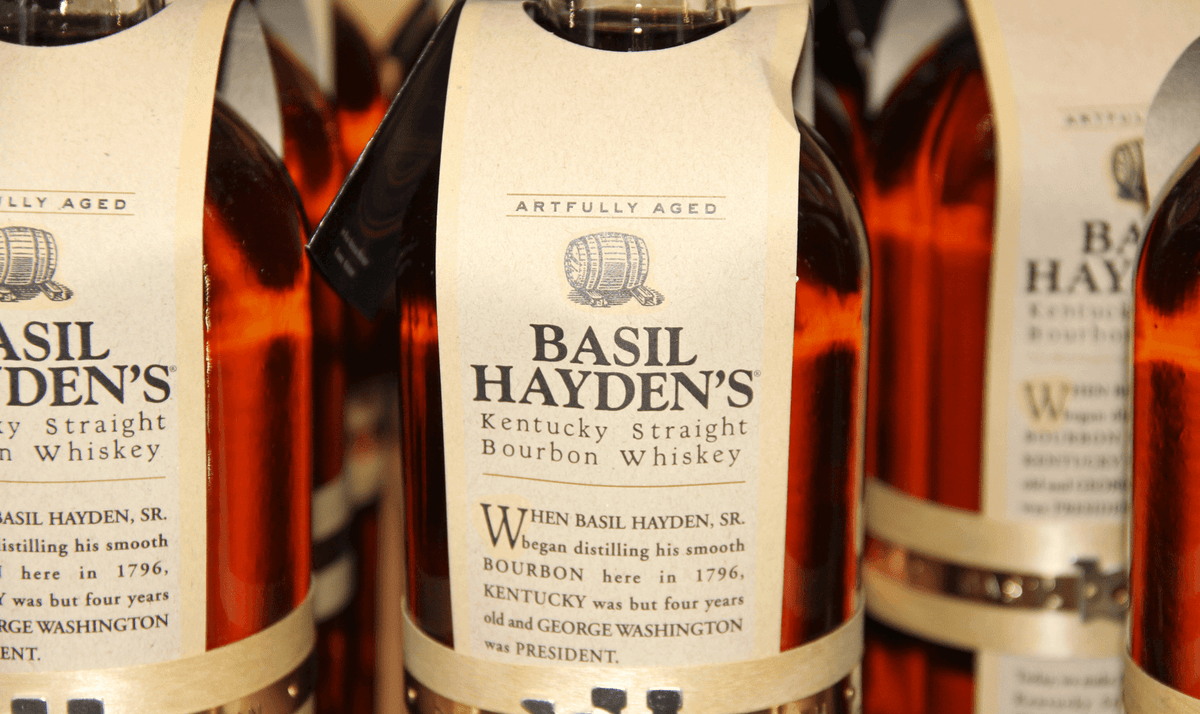
The Birth of Bourbon and why it's Named After French Royals
|
|
Time to read 3 min
|
|
Time to read 3 min
All American Whiskey—every intoxicating drop of it—has its roots in a history and tradition as deep and rich as any cultural beverage.
Think about it. Bourbon has a French name, is made from a Native American crop, is fermented like German Beer, and is distilled and aged like Scotch Whisky … with a few home-grown American innovations tossed in.
This melting pot of liquor wonderfulness screams ‘Merica louder than Lee Greenwood singing the Star Spangled Banner at a NASCAR race on the 4th of July.
But how did we get to the maple-hued bottles of liquid joy that we call Bourbon today?
North Carolina has more people of Scottish and Scots-Irish ancestry than any other state or nation in the world … even Scotland itself.
Between 1740 and 1770, 1.5 million people immigrated to this area from Scotland.
Cape Fear was once called the Scotch-Irish Mesopotamia and hundreds of towns, valleys, and streets still bear names that sound like they were plucked out of Edinburgh.
During the Revolutionary War, the local MacDonald’s formed a regiment to fight for the Crown in what historians refer to as The Insurrection of the Clan MacDonald.
North Carolina has more people of Scottish and Scots-Irish ancestry than any other state or nation in the world … even Scotland itself.
All this became a little socially awkward after England lost the war. Many Scots stayed in place and assimilated, others fled to Canada. But thousands crossed over the mountains into lands that were a part of what was then called New France. Today, this area is Kentucky and Northern Tennessee.
So … here you are. You’re a Scottish ex-patriot who gambled on the wrong side of history. You’re living in French territory with Dutch-German immigrants pressing down from Pennsylvania in the North.
You would love a dram to ease your troubles, but you are cut off from easy imports on the coast and there is nary a shaft of barley in sight. Jobby!
All rivers (the most efficient form of transport at the time) flow down to the port of New Orleans (the capital of New France). You would love a dram to ease your troubles, but you are cut off from easy imports on the coast and there is nary a shaft of barley in sight. Jobby!
But … those friendly Germans have a bit of yeast, understand the sour-mash process, and know how to tinker copper. The local natives know their way around a corn field, and cousin Dougal worked a still-house back in the old country.
You are also surrounded with the best timber in the world, including a new species of oak that is denser than the European kind—and thus better for barrel-making. Hmmmmm ….
Bourbon was the name of the French royal family. So, just like there are tens of thousands of streets, towns, and even an entire state name Washington in the US, a lot of things were named Bourbon in French territory.
Port wine is named after Porto, Portugal, even though no Port wine is produced there. But the wineries that make Port wine are upstream, and they have been sending their product down the river for centuries labeled with their destination: Porto. Thus the product picked up the name.
Historian Michael Veach suggests that the beverage was named after Bourbon Street in New Orleans.
Bourbon Street was the major commerce hub of New Orleans at the time and a major market for Bourbon as a less-expensive alternative to imported French Cognac. We can imagine those first barrels of corn-liquor being stamped the same way.
All we can be sure of is that sometime around 1780, somewhere in the misty valleys between the Blue Ridge and Appalachian Plateau, the first drops of distilled corn liquor dripped off the cooling coils.
Bourbon was born here … at the intersection of war, necessity, inherent industriousness, and traditional craftsmanship in the hands of staunchly independent frontiersmen.
This was the same rebellious independence that gave birth to the Moonshine that sprang from the same area during the prohibition era.

